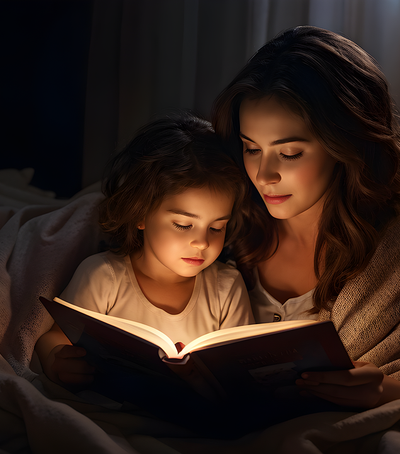
In an age of noise, social media, and words competing for attention, listening has become a rare, even revolutionary, act. Many people listen only to respond, not to understand. But true listening—one that requires presence, patience, and empathy—is the skill that heals relationships, soothes the soul, and creates genuine connections.
Listening doesn't mean being silent.
Active listening is a conscious process: it requires full attention, a present body and mind, without judgment and without rushing to give our opinion. It is not passivity, but acceptance – a way of showing the other person that you exist, that their word counts.
In human relationships, sometimes we don't need advice or solutions, but someone to listen to us carefully. Because in that moment, we are helped to listen to ourselves.
Listening as a form of love
When someone truly listens to us, we feel seen, accepted, and valued. This is the essence of healing communication. In a relationship, friendship, or professional relationship, listening is an act of love – a way of saying “you are important to me” without using any words.
Psychologists call this “emotional attentiveness”: the ability to sense the subtext of words, to read silence, and to understand the pain that is not being said.
When words hurt, listening saves
Many conflicts arise not from disagreement, but from a lack of listening. When we stop listening, we begin to interpret, to protect our ego, and to lose sight of the essence of the other. But an honest conversation, based on genuine listening, can turn tension into understanding and distance into closeness.
In psychotherapy, listening is the main tool of healing – not through the therapist’s words, but through the space he creates, where the other person feels free to express themselves. The same applies in everyday life: sometimes, listening is the most beautiful form of compassion.
Listen to understand, not to talk.
Listening with the heart requires quieting down from within, stopping the internal dialogue that asks “what am I going to say next?” It requires humility and emotional courtesy – two qualities that are often lacking in modern communication.
Because only when we are silent within ourselves can we truly listen to the other. And only when we understand the other, can we get closer to him.
Ultimately, the art of listening is the art of presence. It requires not words, but attention; it requires not answers, but understanding. In a world that speaks incessantly, listening is like giving light – invisible, but healing. And perhaps, that is where every true relationship begins: in the silence where one soul listens to another.
Photo by Eva Bronzini: https://www.pexels.com/photo/lit-palo-santo-6474271/





